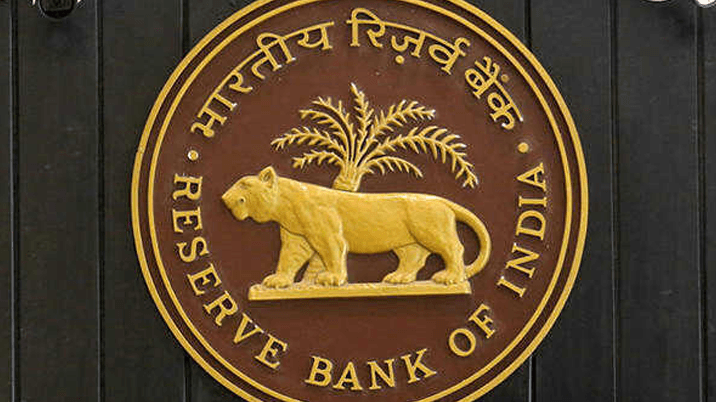The Reserve Bank of India’s rate-setting panel is likely to raise policy rates by 50 basis points at its meeting this week, economists said, as the dollar’s strength derived from the US Federal Reserve’s aggressive rate action has complicated the Indian central bank’s efforts to ease rate hikes after raising them by 1.4% since May.
All 10 economists surveyed by Mint unanimously expect RBI’s monetary policy committee (MPC) to hike the repo rate by 50 basis points to 5.9%, with the majority expecting a change in stance from “withdrawal of accommodation” to “neutral”. The unanimous expectation of a 50 bps hike is a departure from expectations of a 25-35 bps hike just weeks back by many economists. They had then expected the panel to ease the pace of rate hikes on slower-than-expected economic growth in the June quarter.
RBI’s effort to ensure economic growth isn’t derailed is also complicated by the surprise acceleration in August inflation to 7% after easing for three consecutive months until July.
“Inflation remains high at around 7%, and is unlikely to come down soon. This means that a rate hike is a given. However, the quantum is what the market would be interested in. While a hike of 25-35 bps would have signalled that RBI is confident that the worst of inflation is over, recent developments in the forex market could prompt a higher quantum of 50 bps to stay on track with other markets so as to retain investor interest,” said Madan Sabnavis, chief economist, Bank of Baroda.
Central banks from Switzerland to South Africa have joined a stampede towards higher interest rates following the Fed’s decision last week to rein in inflation and stabilize forex markets.
While India is relatively more buffered from global headwinds, including a possible recession in the US, rising interest rates in the world’s largest economy can lead to a sustained outflow of investments from Indian bonds and stocks to dollar assets.
The impact of the Fed’s actions and hawkish commentary led to the rupee hitting a new low against the dollar, breaching the 81 level. A weakening rupee makes imports costlier for a country that gets more than 85% of its oil requirements from abroad.
Depleting dollar reserves and deficit liquidity in the banking system have also limited the ability of the central bank to intervene in the forex market to shore up the rupee. In the eight months to mid-September, the nation’s forex reserves have depleted by almost $90 billion to $545.65 billion in the week ended 16 September.
After nearly 40 months, the banking system’s liquidity slipped into deficit on 21 September on advance tax outflows for the second quarter and payments for government bonds.
All this will weigh on the MPC members’ agenda when the committee meets from 28 to 30 September.
While RBI’s inflation forecast for FY23 is likely to remain at 6.7%, economists expect a revision in the growth forecast to 7% from the current projection of 7.2%.
Markets will, however, closely watch for RBI’s guidance on liquidity. From a liquidity surplus of ₹7 trillion at the beginning of the year, RBI had to infuse liquidity worth ₹21,873 crore into the banking system last week.
“We think liquidity will remain tight as we head into the festival season with the increase in currency leakage, continued selling of dollars and buoyant credit growth. RBI is likely to continue conducting repo auctions so that the MIBOR and call money rate settle at the repo rate and do not stay permanently at the MSF rate (MSF rate is 25 bps higher than the repo rate),” said Kaushik Das, chief economist, Deutsche Bank India.
Economists are now expecting another 35 bps hike in December, subject to inflation trajectory and rate hikes by global central banks.







